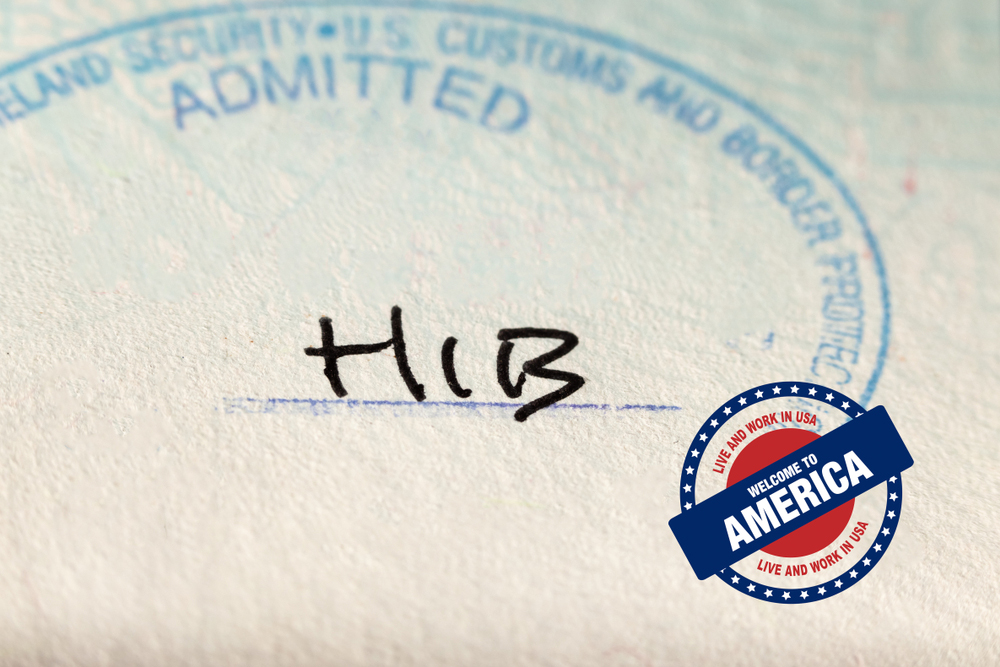Courts again recently thwarted the Trump administration’s efforts to change the H-1B rules and increase the wages U.S. employers are required to pay to foreign workers. Twice in December 2020, a federal court order in California and a preliminary injunction in New Jersey stalled abrupt rule changes that would have dramatically altered the H-1B program and imposed sharp wage hikes on employers hiring foreign workers.

Previous, Lower Wages Reinstated
Effective December 4, the U.S. Department of Labor (DOL) reinstated the previous, lower wages, available on the government website. Any employer that received a DOL prevailing wage determination (PWD) or labor condition application (LCA) at the increased wage rates may request a redetermination or refile.
The U.S. Chamber of Commerce and other entities sued in California under the Administrative Procedure Act (APA) to strike down both rules. A technology consortium, IT Serve Alliance, was the key plaintiff in New Jersey to strike down the DOL rule.
Both courts decided there was no good cause to justify the rule changes. The court in the Chamber of Commerce case found no basis to “dispense with the rational and thoughtful discourse that is provided by the APA’s notice and comment requirements.” An appeal is unlikely.
DOL Wage Requirements for Foreign Workers
Before filing a petition for a temporary foreign worker in the categories H-1B, H-1B1 (for citizens of Chile and Singapore), or E-3 (for citizens of Australia), the employer must file an LCA with the DOL to certify the wage offered to the foreign worker meets or exceeds the “prevailing wage” in the area of intended employment.
The U.S. Bureau of Labor Statistics maintains an online wage library containing Occupational Employment Statistics (OES) prevailing wage determinations for various occupations in each area of the country.
The online library lists wages based on job duties, education, and experience requirements from Level 1 (entry level) to Level 4 (for fully qualified or expert personnel). Alternatively, the employer may use a private wage survey with wage data that meet the DOL’s requirements.
The agency also refers to the same four-level wage data to establish the required wages for the Program Electronic Review Management (PERM) application for employers seeking to obtain permanent residence and green cards for foreign workers.
Additional note: The DOL won’t reissue PWDs or LCAs originally issued between October 8, 2020, and December 2. Employers with LCAs issued at the increased rates should submit new applications. The processing time is 7 days.
What Employers Should Do
First, check the information available on the OES website to match an employee’s wage against the government data, with an effective date of July 1, 2020. After December 9, you could begin submitting new LCAs using the OES survey data that was in effect on October 7, with the July 1 effective date.
The DOL temporarily suspended the processing of pending prevailing wage requests for use in the PERM (green card) applications. You can continue to file new requests, however, for a prevailing wage determination at any time.
Employers with PWDs at the increased rates should submit redetermination requests or new prevailing wage requests, but bear in mind the current processing time might be around 4 months.
On December 15, the DOL was to resume processing prevailing wage requests, using the data in effect on October 7, for PWDs when the OES survey data are the prevailing wage source.
Finally, you still may consider using a private wage survey if the government wage information appears to be inflated.
Diane Butler and Richard M. Rawson are attorneys with Davis Wright Tremaine LLP. You can reach them at dianebutler@dwt.com or richardrawson@dwt.com.
